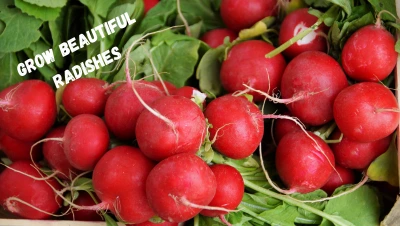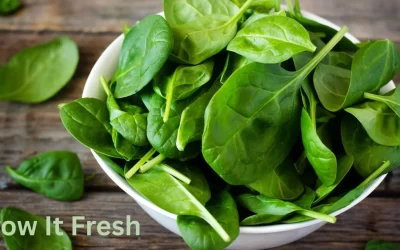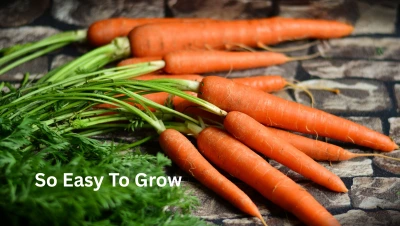If you choose to grow radishes, you will find they are among the fastest and easiest vegetables you can grow in your garden. and a great choice for beginners and seasoned gardeners. With their crisp texture and peppery flavor, radishes add a fresh crunch to salads, slaws, and even pickles. Plus, they’re one of the few crops that can be harvested in as little as three weeks. Here’s how to grow radishes from seed to harvest.
Table of Contents
Why Grow Radishes
Radishes are not just quick to mature—they’re also versatile, pest-resistant, and space-efficient. They thrive in containers, raised beds, and even tucked between slower-growing vegetables. Some varieties also help break up compacted soil, making them great companion plants.
The Radish Variety Right For You
There are many radish types, not just the round red ones we find in the store:
- Cherry Belle – Classic small red radish, matures in 22–28 days.
- French Breakfast – Oblong, pink with white tips, mild flavor.
- Daikon – Long white Asian radish, ideal for fall and winter crops.
- Watermelon Radish – Greenish-white skin with a bright pink center and mild taste.
When to Plant Radishes
Radishes are a cool-season crop. You can grow radishes in early spring and again in late summer for a fall harvest. With a little practice and by keeping them cool and well watered, you can grow them all summer long

- Spring Planting: 2–4 weeks before the last expected frost in your area.
- Fall Planting: About 6–8 weeks before the first expected frost in your area.
How to Plant Radishes
- Choose a Sunny Spot: Radishes need full sun (at least 6 hours a day), though they’ll tolerate partial shade.
- Prepare the Soil: Loosen soil to about 6 inches deep. Remove any rocks or debris, as radishes need unobstructed space to form their roots. Amend with compost at the time of planting for best results.
- Sow Seeds: Direct-sow radish seeds about ½ inch deep and 1 inch apart in rows spaced 12 inches apart.
- Thin Seedlings: Once the seedlings are a couple of inches tall, thin them to 2 inches apart to prevent crowding and ensure full development.
- If you are using the square-foot gardening method to grow radishes, you can plant 16 radishes per square foot.
Caring for Radishes
- Water Consistently: Keep soil evenly moist but not waterlogged. Inconsistent watering can lead to split or spicy roots. Keeping radishes well watered can help keep them from bolting during hotter weather and extend the growing season for radishes all sumer long.
- Weed Gently: Hand-pull weeds to avoid disturbing roots.
- Fertilize Lightly: Radishes don’t need much fertilizer. Avoid high-nitrogen fertilizers, as these may promote leafy growth over roots.
Harvesting Radishes
Most radishes mature in 3–5 weeks. Harvest them when they’re about 1 inch in diameter. If left in the ground too long, they become woody and bitter.
To harvest, gently pull them from the soil. Rinse off dirt, cut off the tops, and store in the fridge for up to a week.
Troubleshooting Common Problems
- Bolting (flowering too early): Caused by heat or stress; grow radishes earlier or use bolt-resistant varieties. Keeping plants cool is the goal.
- Pests (e.g., flea beetles): Radishes tend to be harvested before problems appear; however, if needed, you can use row covers or companion plant with herbs like mint or nasturtium.
Final Thoughts
Radishes are easy to care for and one of the most satisfying vegetables to grow—quick, colorful, and low-maintenance. Whether you want a crisp snack or a zesty salad topping, a handful of radish seeds and a sunny patch of soil are all you need to get started. Most people only eat radishes raw, but did you know they can be sautéed, fried, stir-fried, roasted, pickled, or fermented?





0 Comments